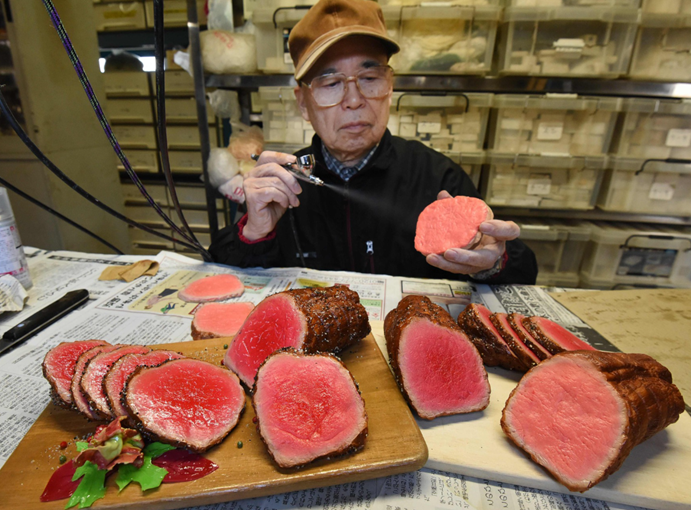
No, the title does not refer to fast food. Food unfit for human consumption. Again, no, not fast food. The Economist wrote:
- Fake – or replica – food is used by restaurants to market their wares.
- These used to be made of wax, but it too easily lost its shape.
- Now, in most instances, a special plastic polymer is poured into molds and then painted.
- For something like ramen, individual threads are created to give a true sense of the dish.
- Raw food like fish, and clear liquids are the most difficult to convincingly depict.
- Things start with a consultation where an expert makes a detailed sketch and takes note of the dish’s colour, consistency, and texture.
- Fake dishes are particularly popular in Japan. They became so once western food started to spread in the 1930s and restaurants needed a way to show diners what they would be getting.
- The “chefs” take pride in their work – they boast that it takes a decade to truly learn how to make replicas of sushi – just as long as it takes to master real sushi.
- One Japanese company claims to serve more than 80% of the market, with annual revenues of $46 million.
- The price of a replica can be up to twenty times the cost of the menu item.
- Still, business is slowing. People now go to food blogs to see photos of the real life food.
- The trade is also a victim of its own success – the replicas last so long restaurants don’t really need to become repeat customers.
- The dominant company in Japan is trying to change that. It now offers annual subscriptions where it touches up the replica every three months.
- It is also looking to expand into other markets. Some hospitals are clients and use the replicas to educate patients about the types of food they should eat after a procedure.
Read more on The Economist.



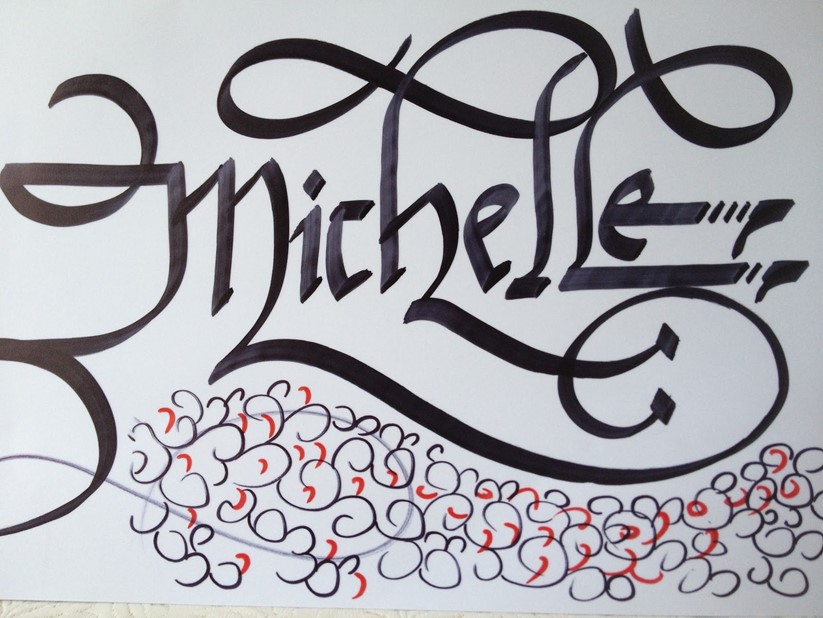
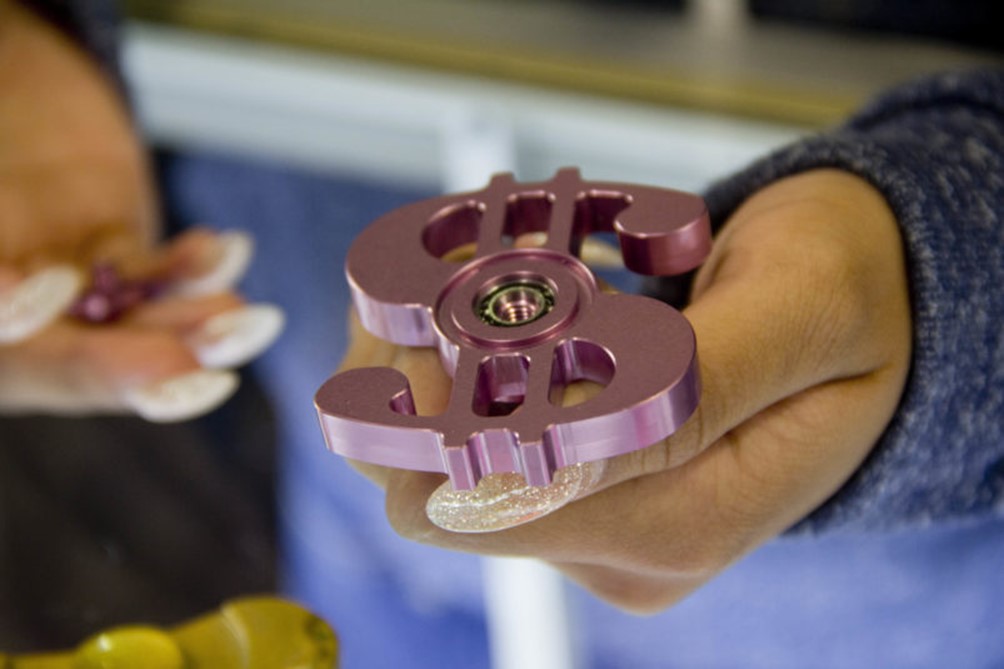
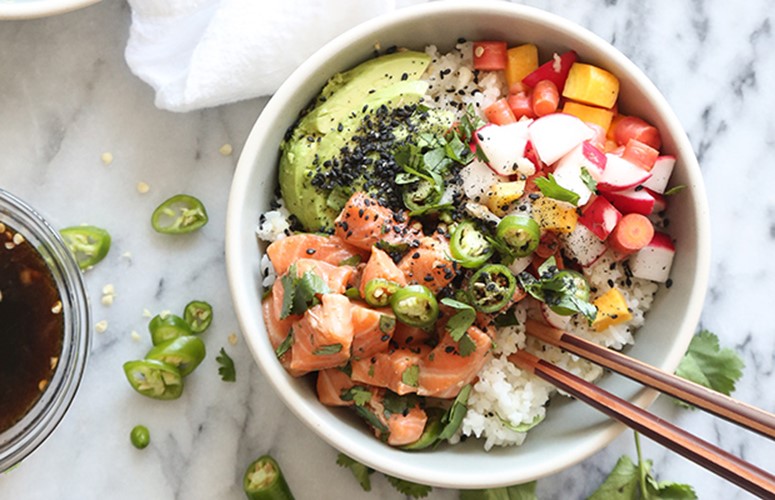

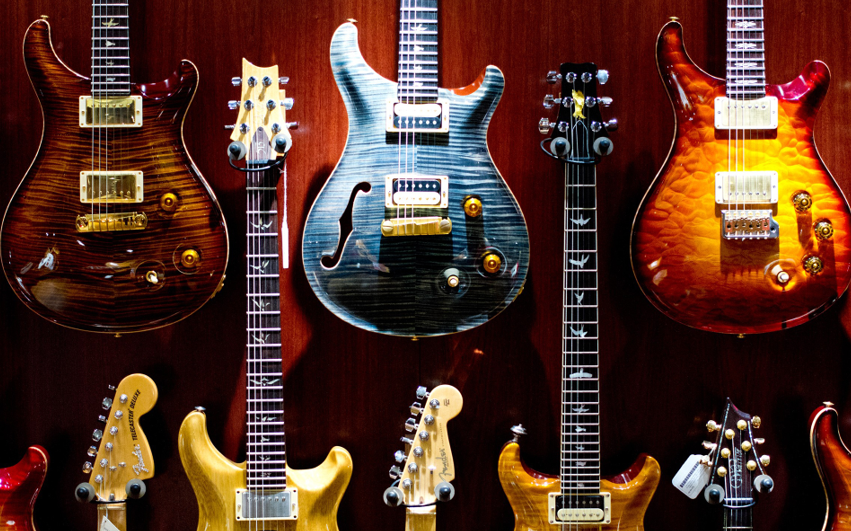


Join the Discussion! (No Signup Required)